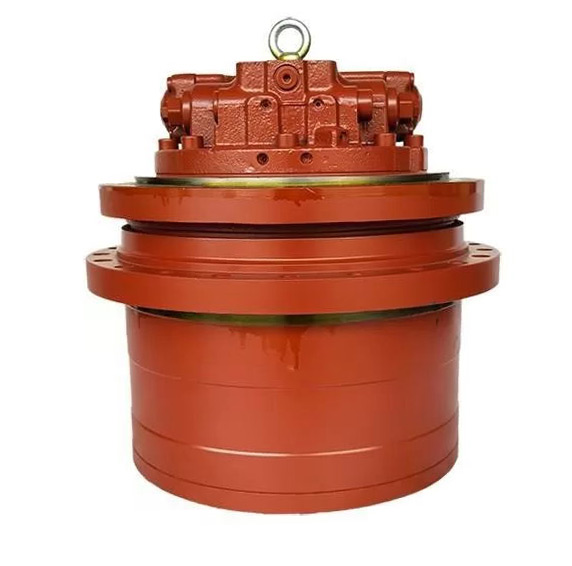
Maintaining heavy machinery, such as excavators, is crucial for ensuring their long-term performance and reliability. One of the most vital components of an excavator is the final drive, which plays a key role in the machine’s mobility and functionality. The JCB JS180 400/S8564 final drive is no exception. As an owner or operator, you might wonder if you can rebuild the JCB JS180 400/S8564 final drive yourself. This blog will delve into the complexities of final drive maintenance, the skills required for a successful rebuild, and provide comprehensive guidance on the process.

The final drive of an excavator is a critical component that transfers power from the hydraulic motor to the tracks, enabling movement. The JCB JS180 400/S8564 final drive is designed for durability and efficiency, but like all mechanical parts, it is subject to wear and tear. Understanding the structure and function of this component is essential before attempting any maintenance or rebuild.

Rebuilding a final drive is a complex task that requires mechanical knowledge, precision, and the right tools. Here are some factors to consider:
Rebuilding a final drive involves disassembling, inspecting, and reassembling intricate components. This requires a solid understanding of mechanical systems, familiarity with hydraulic systems, and experience with heavy machinery maintenance.
Specialized tools and equipment are necessary for a successful rebuild. These include:
Rebuilding a final drive is time-consuming and requires patience. Rushing the process can lead to errors, potentially causing more damage to the component.
Ensuring you have access to genuine JCB JS180 400/S8564 final drive parts is crucial. Using substandard or incorrect parts can compromise the integrity of the rebuild.
Rebuilding the JCB JS180 400/S8564 final drive yourself is a challenging yet rewarding task. It requires a deep understanding of mechanical systems, the right tools, patience, and precision. While it is possible for those with the necessary skills and experience, it is essential to consider whether the investment in time and effort is worth the potential savings compared to professional servicing. Regular maintenance and timely inspections can significantly extend the life of your final drive, ensuring your JCB JS180 excavator operates at peak performance.
Q1: What are the signs that my JCB JS180 400/S8564 final drive needs rebuilding?
A1: Signs include hydraulic fluid leaks, unusual noises, overheating, and reduced performance. Regular inspections can help identify these issues early.
Q2: Can I use aftermarket parts for the final drive rebuild?
A2: It is recommended to use genuine JCB parts to ensure compatibility and maintain the integrity of the final drive.
Q3: How often should I inspect the final drive for maintenance?
A3: Regular inspections should be conducted monthly, with a thorough check every 250 operating hours.
Q4: What safety precautions should I take during the rebuild?
A4: Wear appropriate safety gear, such as gloves and safety glasses. Ensure your workspace is clean and organized to prevent accidents.
Q5: Is it worth rebuilding the final drive myself, or should I hire a professional?
A5: If you have the necessary skills and tools, rebuilding the final drive yourself can save money. However, for those lacking experience, hiring a professional may prevent costly mistakes.